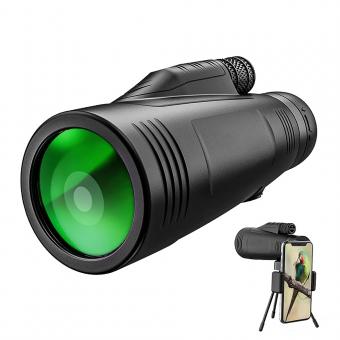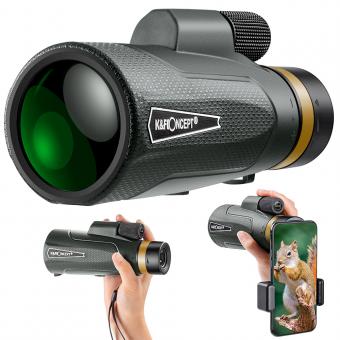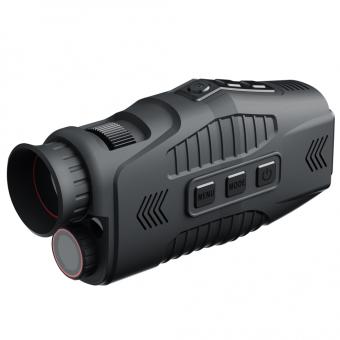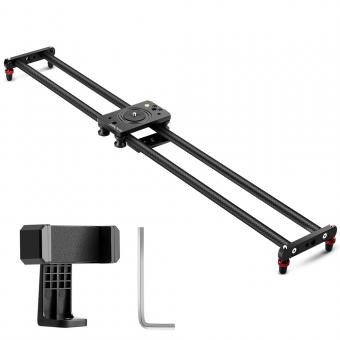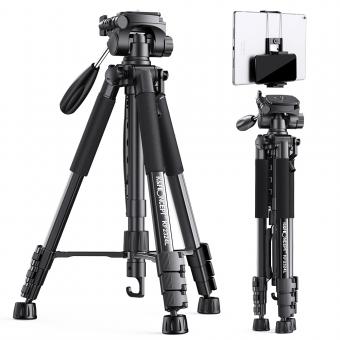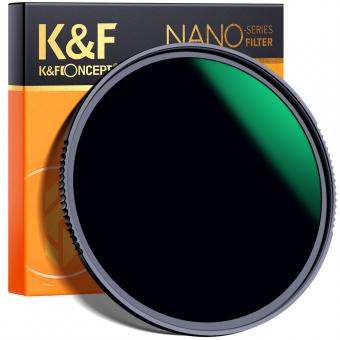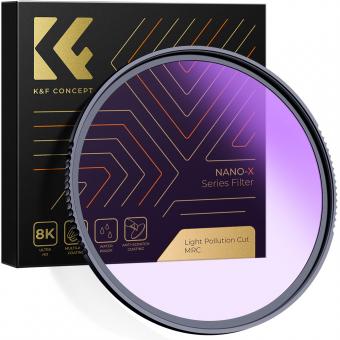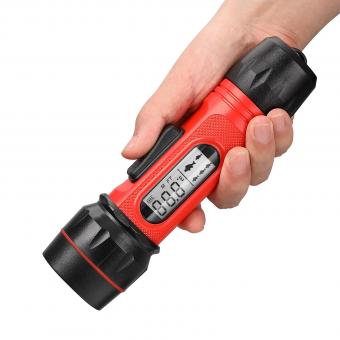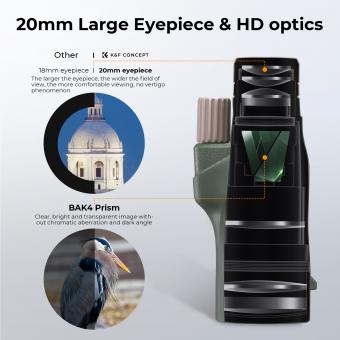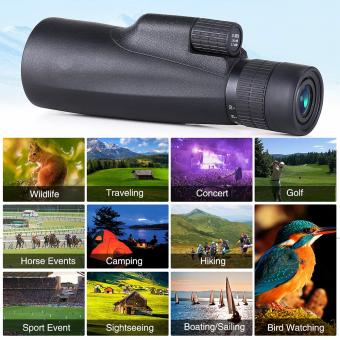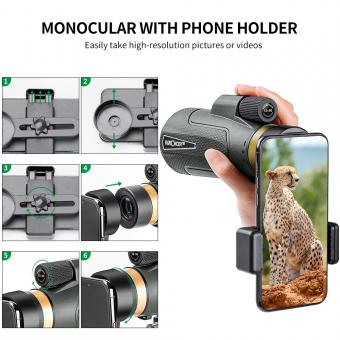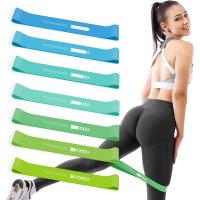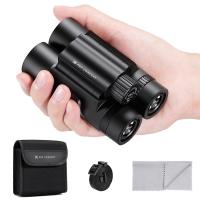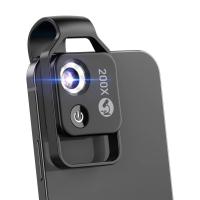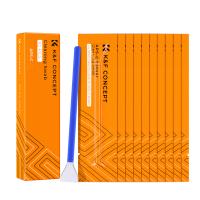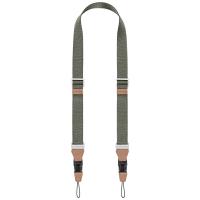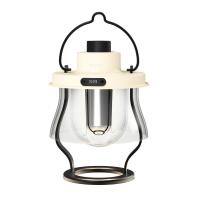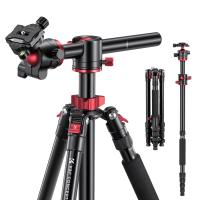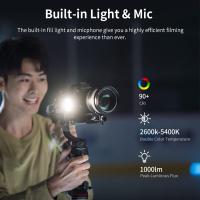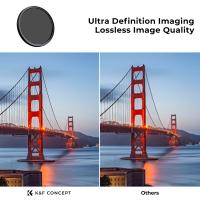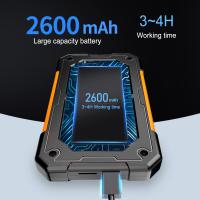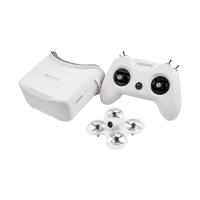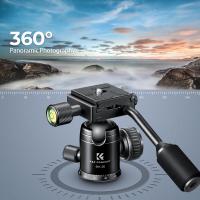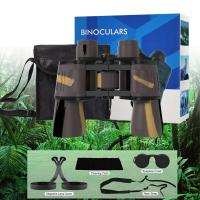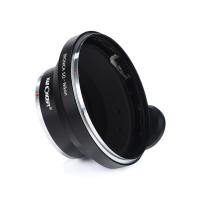What Size Monocular Do I Need ?
The size of the monocular you need depends on your intended use and personal preferences. If you plan to use it for bird watching or other outdoor activities, a compact monocular with a magnification of 8x or 10x may be suitable. If you need a monocular for stargazing or other low-light conditions, a larger objective lens (around 50mm) may be necessary to gather enough light. Additionally, if you wear glasses, you may want to consider a monocular with a longer eye relief to accommodate your glasses. Ultimately, it is important to consider your specific needs and preferences when selecting a monocular size.
1、 Magnification power
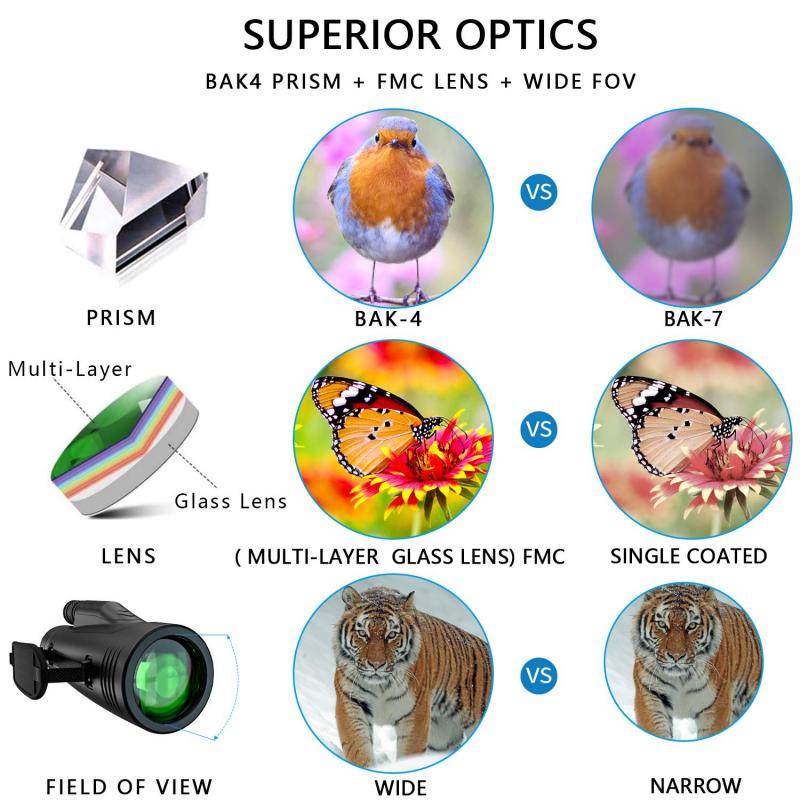
What size monocular do I need? The answer to this question depends on what you plan to use the monocular for. One important factor to consider is the magnification power of the monocular. Magnification power refers to how much larger an object appears when viewed through the monocular compared to the naked eye.
For general use, a monocular with a magnification power of 8x or 10x is usually sufficient. These magnifications provide a good balance between image size and stability. Higher magnifications, such as 12x or 16x, can be more difficult to hold steady and may require a tripod or other stabilizing device.
However, if you plan to use the monocular for bird watching or other outdoor activities, a higher magnification may be necessary to see details at a distance. In this case, a monocular with a magnification power of 12x or higher may be more appropriate.
It's also important to consider the size and weight of the monocular. A larger monocular may provide a brighter image, but it may be more difficult to carry around. A smaller monocular may be more portable, but it may not provide as clear an image.
Ultimately, the size of the monocular you need will depend on your specific needs and preferences. It's important to do your research and try out different models before making a purchase to ensure that you find the right monocular for you.
2、 Objective lens diameter
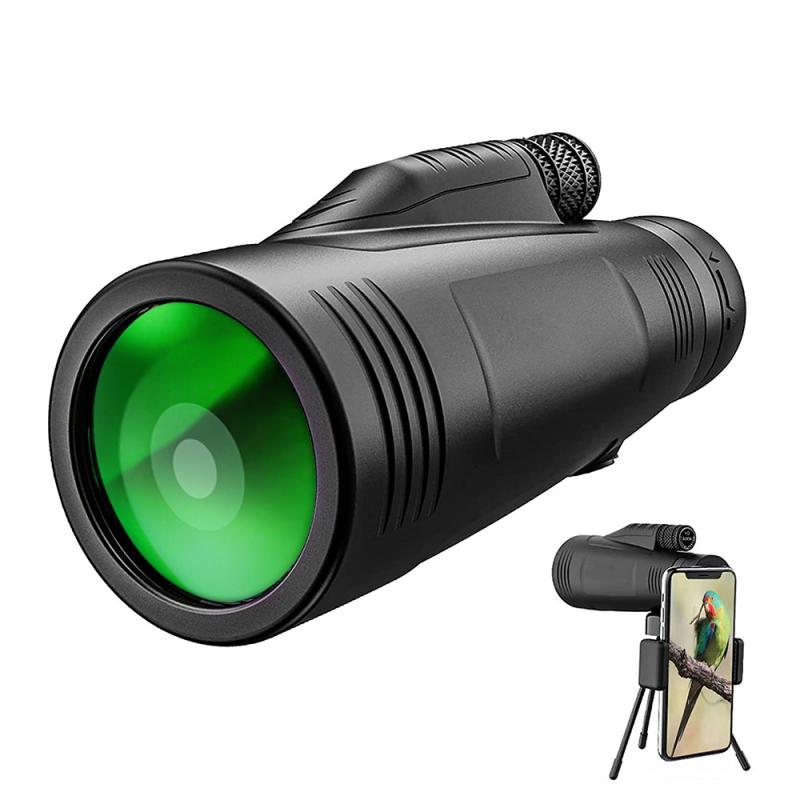
What size monocular do I need? The answer lies in the objective lens diameter. The objective lens is the lens at the front of the monocular that gathers light and forms an image. The larger the objective lens diameter, the more light it can gather, resulting in a brighter and clearer image.
Monoculars typically come in objective lens diameters ranging from 20mm to 50mm. A 20mm objective lens is suitable for daytime use and is compact and lightweight, making it easy to carry around. However, it may not provide enough light for low-light conditions such as dawn or dusk.
A 30mm objective lens is a good all-around size for general use. It provides a good balance between portability and light-gathering ability, making it suitable for a variety of activities such as bird watching, hiking, and camping.
A 40mm or 50mm objective lens is ideal for low-light conditions and astronomy. These larger objective lenses can gather more light, resulting in brighter and clearer images. However, they are bulkier and heavier, making them less portable.
It's important to note that the size of the objective lens is not the only factor that determines the quality of the image. The quality of the lens coatings, the magnification, and the overall build quality of the monocular also play a role.
In summary, the size of the objective lens is an important factor to consider when choosing a monocular. A 30mm objective lens is a good all-around size, while a larger objective lens is ideal for low-light conditions and astronomy. However, other factors such as lens coatings, magnification, and build quality should also be taken into account.
3、 Eye relief distance
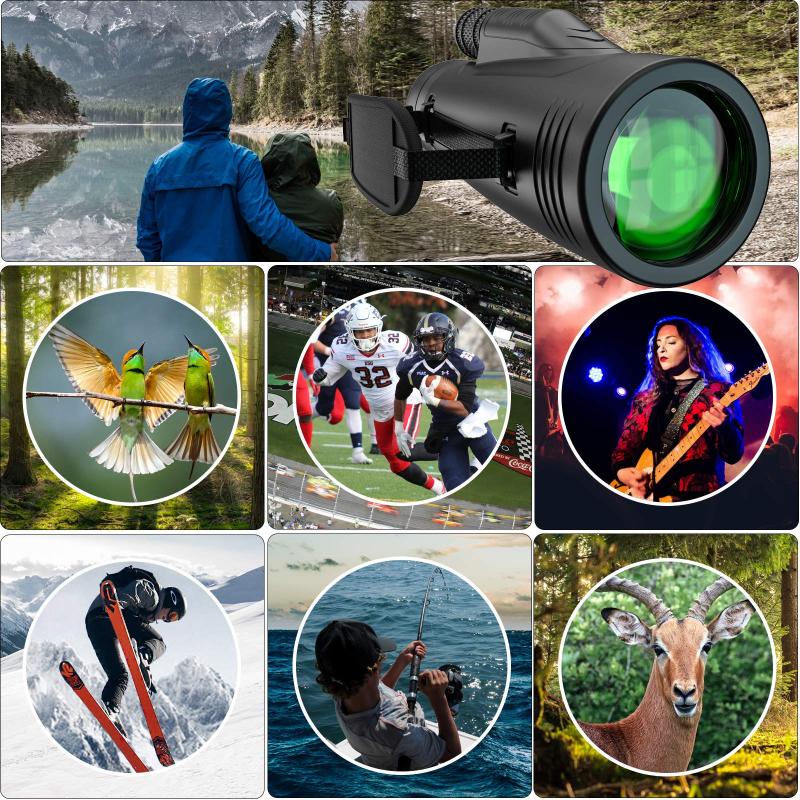
What size monocular do I need? Well, one important factor to consider when choosing a monocular is the eye relief distance. Eye relief distance refers to the distance between the eyepiece and your eye when you are using the monocular. This distance is important because it affects the comfort and ease of use of the monocular.
If you wear glasses or have a high prescription, you will need a monocular with a longer eye relief distance. This will allow you to use the monocular without having to remove your glasses or press them against the eyepiece. A longer eye relief distance also makes it easier to use the monocular for extended periods of time without experiencing eye strain or discomfort.
On the other hand, if you do not wear glasses or have a low prescription, you may be able to use a monocular with a shorter eye relief distance. This can make the monocular more compact and easier to carry around.
It is important to note that the eye relief distance can vary depending on the specific model of monocular. Therefore, it is important to research and compare different models to find one that meets your specific needs and preferences.
In summary, when choosing a monocular, it is important to consider the eye relief distance to ensure that you can use the monocular comfortably and effectively.
4、 Field of view
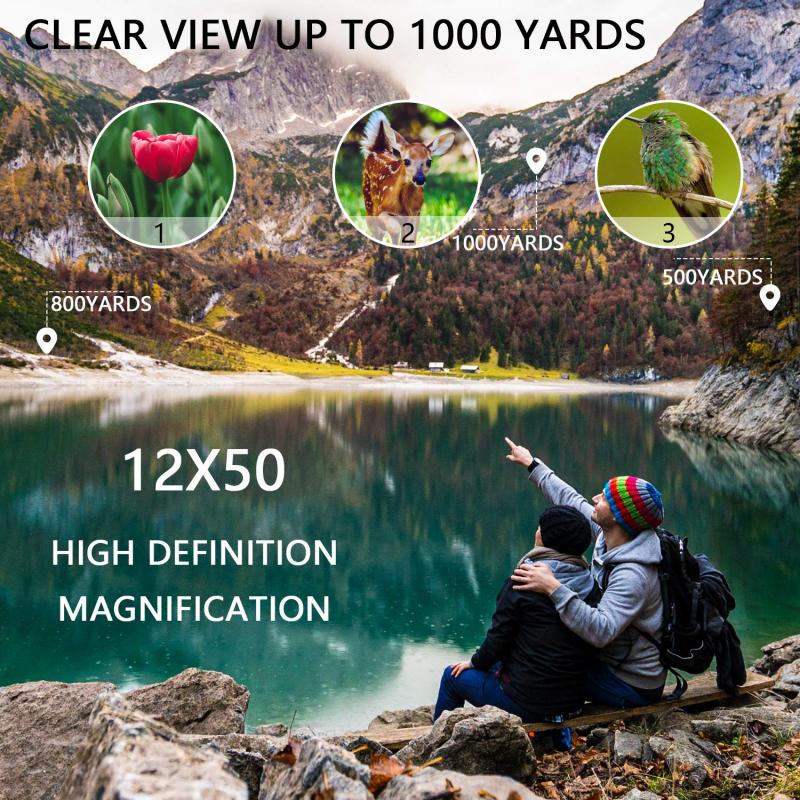
What size monocular do I need? The answer to this question depends on what you plan to use the monocular for. One important factor to consider is the field of view. The field of view refers to the width of the area that you can see through the monocular. A larger field of view is generally better, as it allows you to see more of your surroundings and track moving objects more easily.
The size of the monocular that you need will depend on the field of view that you require. If you plan to use the monocular for bird watching or other outdoor activities, you may want a larger field of view to help you spot birds or other wildlife. A monocular with a field of view of 300 feet or more may be ideal for these types of activities.
On the other hand, if you plan to use the monocular for more specialized purposes, such as hunting or surveillance, you may not need as large of a field of view. In these cases, a monocular with a field of view of 200 feet or less may be sufficient.
It's also worth noting that the latest point of view is that monoculars with larger objective lenses tend to have larger fields of view. So, if you're looking for a monocular with a wide field of view, you may want to consider one with a larger objective lens. However, keep in mind that larger objective lenses also tend to be heavier and bulkier, so you'll need to balance your need for a wide field of view with your desire for a lightweight and portable monocular.

